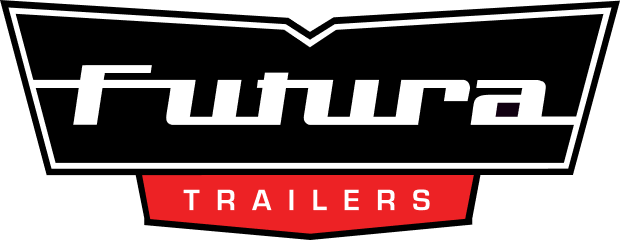How to Troubleshoot Your Trailer Battery Charging System
If you’re experiencing issues with your battery charging system, this guide will help you troubleshoot and resolve common problems.
Follow these steps to ensure your battery and onboard trailer charger are working correctly.
Understanding Voltage Readings
New vs. Aged Batteries
- New Batteries: When charging a brand new battery, you might not see a significant change in voltage, maybe just a 0.1 V increase. This is normal and indicates that the battery is accepting the charge properly.
- Aging Batteries: As batteries age, they show a more noticeable jump in voltage during charging. A failing battery can jump up to 14.x V when a charger is connected.
- Key Point: Not seeing a significant voltage change on a new battery can be a good sign. It means the battery is in good condition and accepting charge efficiently.
Measuring Charging Current
To accurately assess whether your charger is working, you need to measure the current flowing into the battery. Here’s how:
1. Get a Current Clamp Meter: You can obtain a suitable current clamp meter from Amazon.com, such as the UNI-T UT210e.
2. Measure Current: Place the clamp meter on the battery wires. It will display the current the charger is supplying to the battery.
- Zero Amps: If the current remains at zero, your charger may not be working correctly.

Checking Voltage from Aux connection (US/Canada) or tow vehicle Lights Wiring (NZ/AU)
The voltage from the tow vehicle wiring must be higher than the battery voltage for charging to occur. Here’s what to check:
1. Voltage Difference: Ensure the voltage from the tow vehicle is at least 1.1 V higher than the battery voltage. For example, a battery at 12.3 V will not charge if the trailer plug provides less than 13.4 V.
2. Smart Charger Delay: Smart chargers can take a moment to detect input voltage and configure charging settings. Wait a minute to see if the charger starts.
3. Fully Charged Battery: The charger might not be supplying current if it detects that the battery is fully charged. It may switch to a trickle or float charge instead.
Troubleshooting Steps
1. Start Up the System: Turn on the system and observe the current flowing into the battery.
2. Monitor Charger Behavior: Watch for the charger to start up, run tests, and then either charge the battery or switch to float mode.
3. Check Voltage and Current: Ensure the voltage difference between the tow vehicle wiring and the battery is adequate and that the current is flowing as expected.
Conclusion
By following these steps, you can troubleshoot common issues with your battery charging system.
Always ensure the voltage and current are within the expected ranges, and use a reliable current clamp meter for accurate measurements.
If problems persist, consult a professional for further assistance.
Futura Battery Specifications
Dimensions:
Length: 4.92 inches / 125mm
Width: 7.68 inches / 195mm
Height: 6.50 inches / 165mm
Weight: 23.04 lbs / 10.45 kg

Deep Cycle Valve-regulated lead acid battery
Voltage: 12V
Amp-Hours: 35AH
Constant voltage charge (25°C)
- Cycle use: 14.4-14.7V
- Standby use: 13.6-13.8V
Initial current: 10.5A

Other Resources
Loading articles
